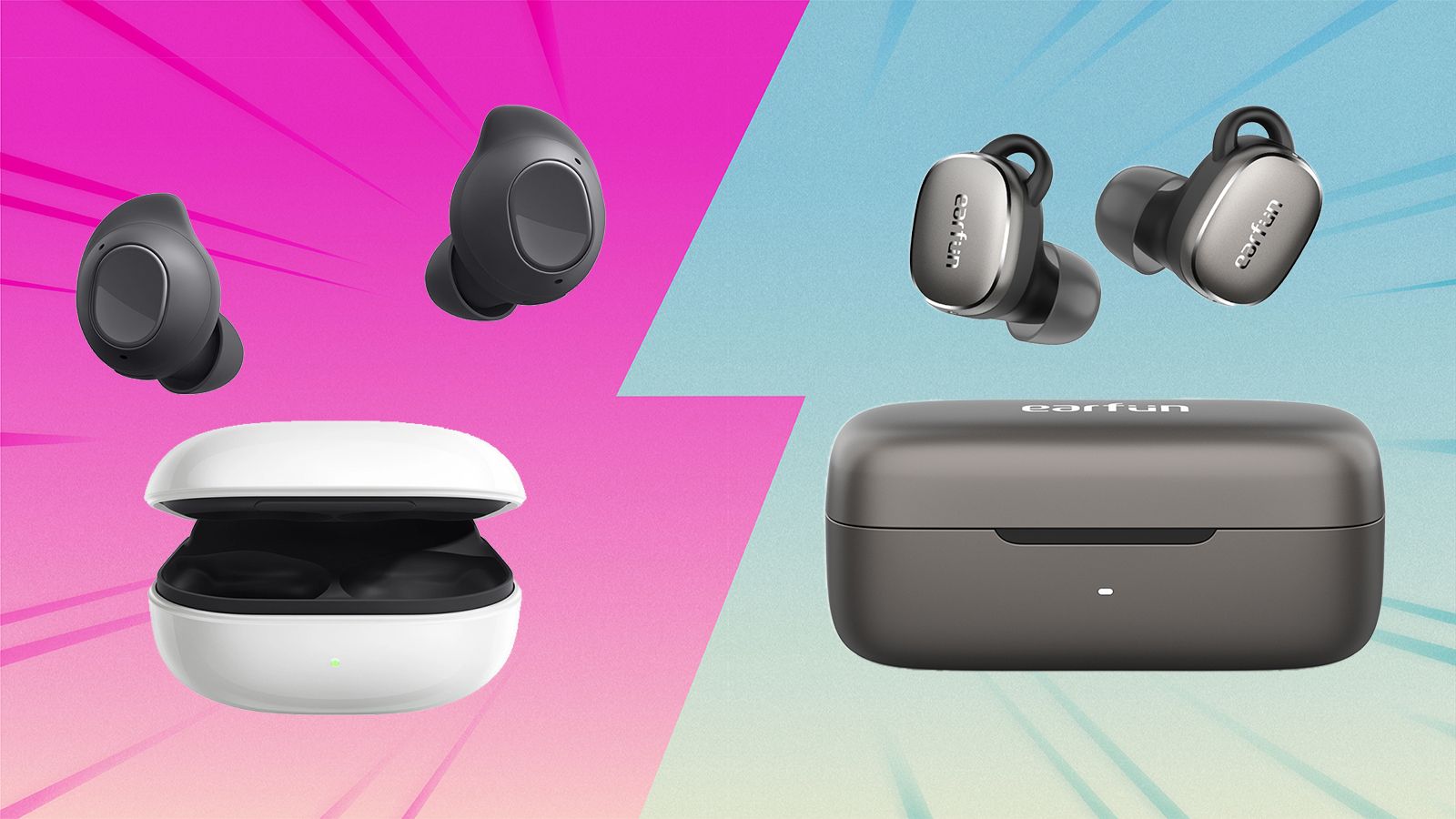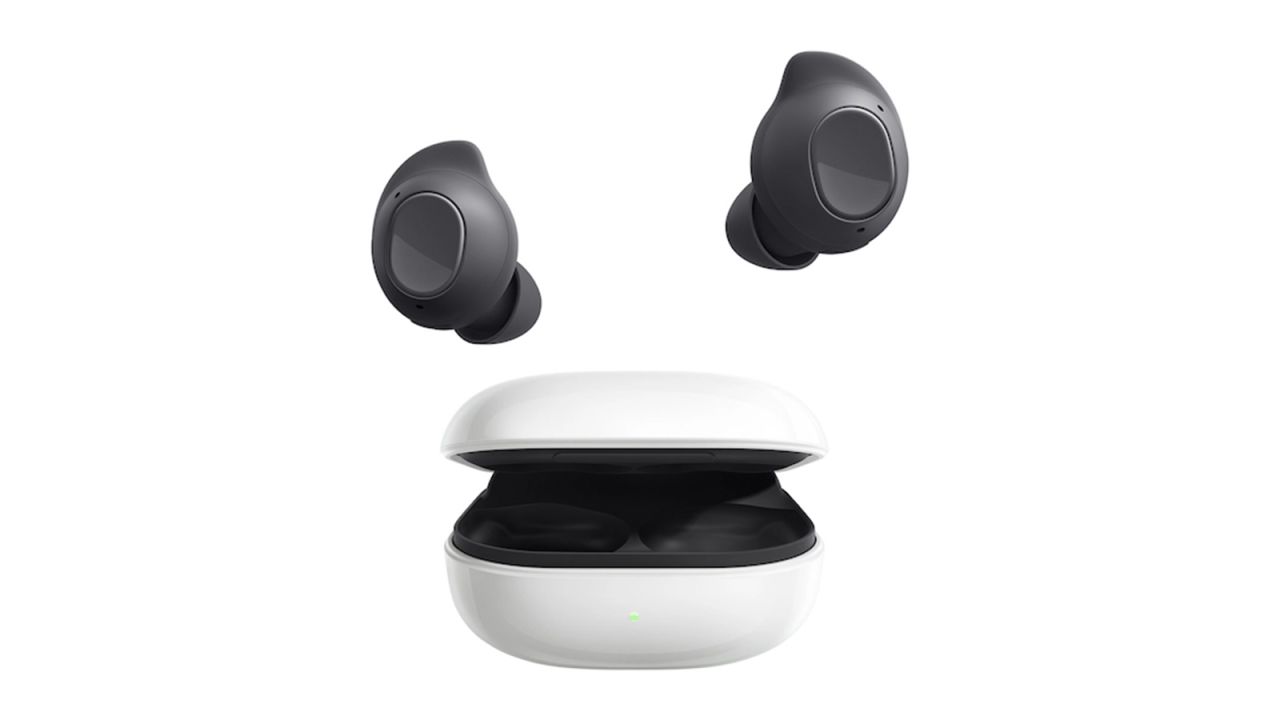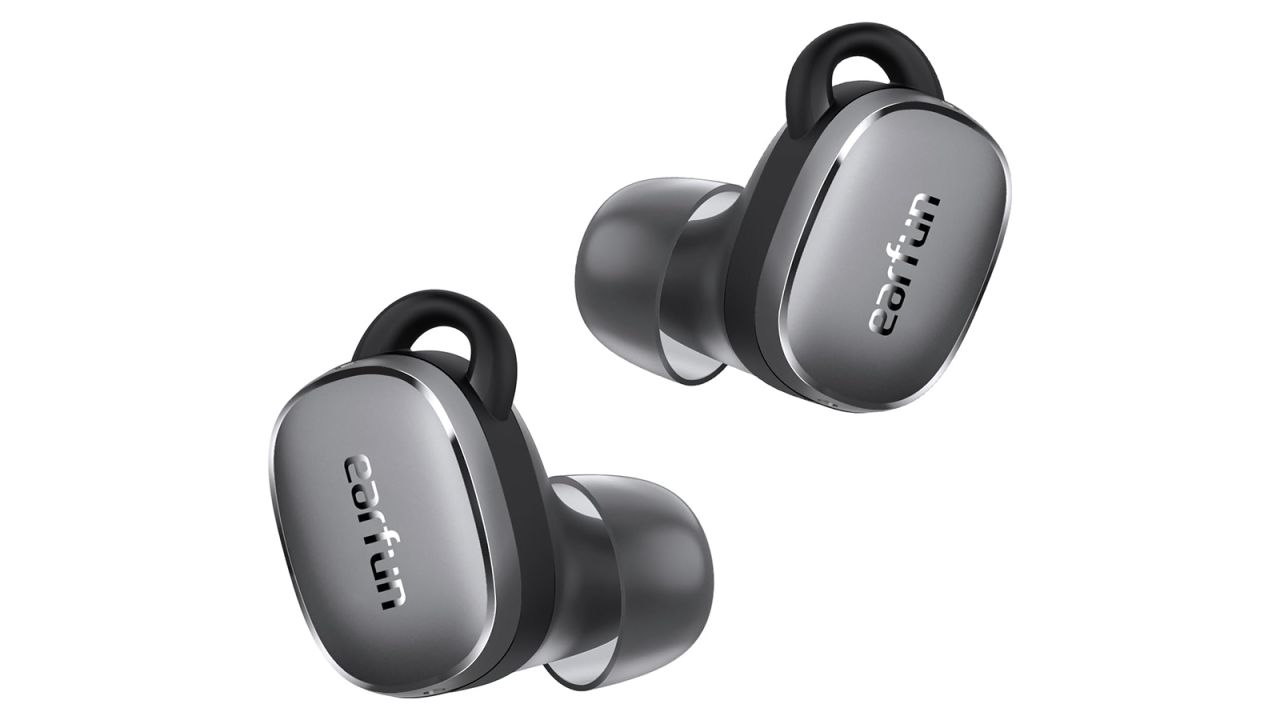This article is part of our series?Battle of the Brands, in which we compare category-leading products to their counterparts to determine which are actually worth your money.
With the true-wireless category expanding on a weekly basis, we’re seeing more low-priced entries compete for the best budget buds crown. Two of the latest models entering the battle are the Samsung Galaxy Buds FE and EarFun Free Pro 3.
Both sets of buds offer upmarket features like active noise cancellation, customizable sound, intuitive wireless settings and smart controls. Performance also varies in certain areas to make you strongly consider one over the other.
After two weeks of head-to-head testing, we broke down the Samsung Galaxy Buds FE and EarFun Free Pro 3 to determine the better bargain.
Samsung Galaxy Buds FE vs. EarFun Free Pro 3 at a glance
The Galaxy Buds FE are a good pickup for Galaxy phone owners who want good performance and features for the price, but they’re not the best overall value out there.
The EarFun Free Pro are a great-sounding pair of budget buds with lots to offer both iOS and Android users, as long as you can live with middling noise cancellation.
Quick comparison
|
Samsung Galaxy Buds FE
|
EarFun Free Pro 3
|
|
|---|---|---|
| Active noise cancellation | Yes |
Yes |
| Ambient noise | Yes (transparency mode) |
Yes (transparency mode) |
| Battery life (rated) | 6 hours (ANC on); 8.5 hours (ANC off); 21 hours (with case and ANC on); 30 hours (with case and ANC off) |
6 hours (ANC on); 7.5 hours (ANC off); 33 hours (with case) |
| Wireless charging | No |
Yes |
| Sweat and water resistance | IPX2 (earbuds) |
IPX5 (earbuds) |
| Ear tip sizes | S, M, L |
XS, S, M, L |
| Software support | iOS, Android |
iOS, Android |
| Colors | Graphite, White |
Brown Black, Navy Blue, Silver White |
| Weight | 0.2 ounces |
0.17 ounces |
Samsung’s noise canceling is far superior
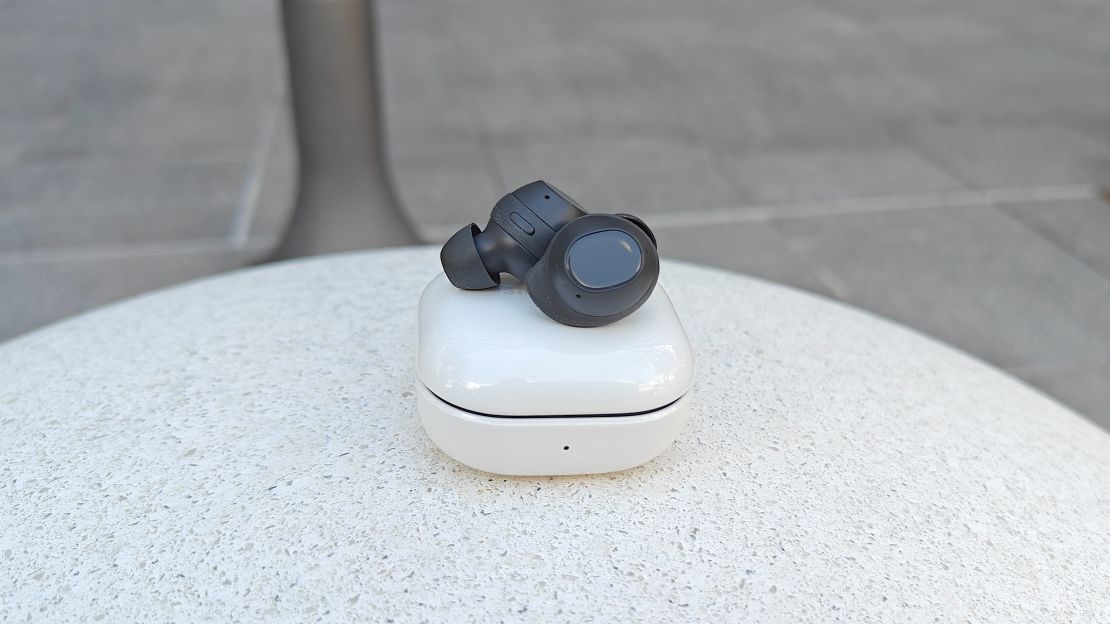
We’re amazed by the Galaxy Buds FE’s strong and effective noise cancellation. Every now and then, a loud, high-pitched sound caught my attention, but aside from that, several noises across the frequency spectrum went unnoticed. I’m talking everything from an air conditioner humming to birds chirping to the jackhammering that took place outside my window. ANC kept indoor distractions to a minimum. My child’s electronic toys and wife’s speakerphone conversations never entered the soundstage. Ambient Mode was just as rewarding and increased situational awareness. The setting can also be adjusted on either bud or enabled during calls to hear yourself louder.
Earfun’s QuietSmart 2.0 Hybrid Active Noise Cancellation operates poorly on the Free Pro 3. The amount of noise pollution that entered the mics when walking past construction sites and landscapers ruined my outdoor listening experience. High-frequency noises were incredibly loud as well. Turning on the Wind Noise Canceling mode (EarFun Audio > Settings > Mode Switching) did nothing to reduce harsh sounds produced in gusty conditions. Ambient Sound did pick up certain noises within my radius, but it failed to capture them clearly.
TL;DR: Keep ANC on at all times when using the Galaxy Buds FE and avoid it completely on the Free Pro 3.
Stronger audio specs give the Free Pro 3 a sound quality advantage
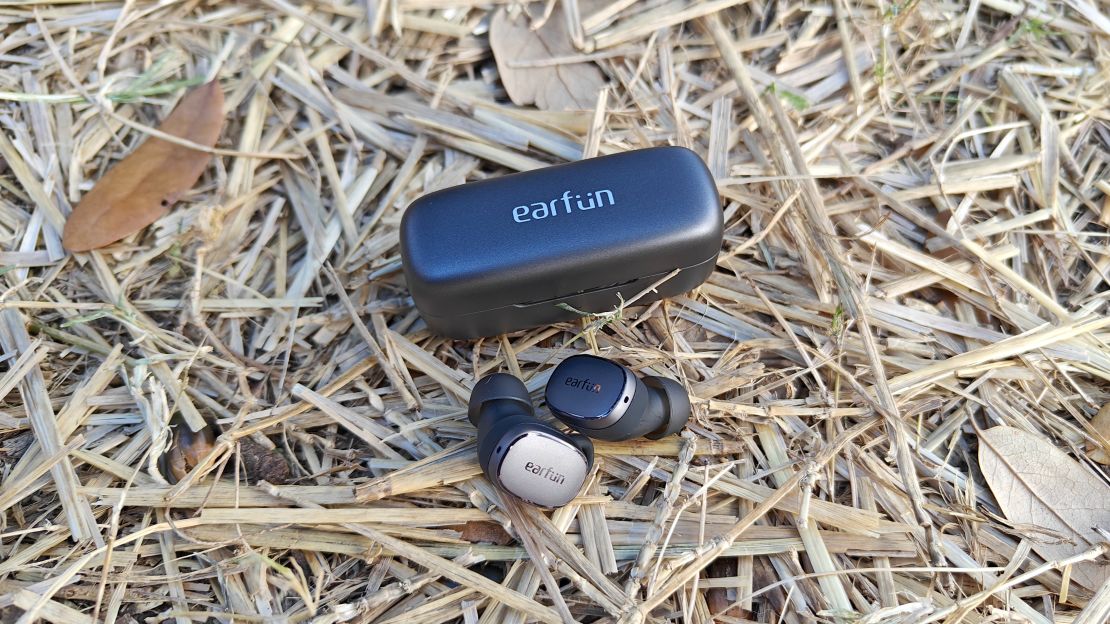
I was not expecting the Free Pro 3 to outperform their competitor in sound quality. The combination of 7mm wool composite drivers, a customizable EQ with 10 well-engineered presets and aptX Adaptive codec support for smoother streaming playback elevated the buds’ audio performance. Instruments and vocals were beautifully reproduced, and aptX Adaptive pulled more details out of recordings. EarFun’s Game Mode didn’t improve streaming speeds much. Bluetooth 5.3 picked up the slack for fast and reliable connectivity.
Like all other series entries, the Galaxy Buds FE benefit from AKG-tuned drivers and a customizable EQ to either create your own sound profile or pick from six different presets. Audio performance was satisfying with the buds producing solid midrange, crisp highs and robust lows that were occasionally aggressive on bass-heavy tracks. Hi-res music streaming services like Tidal increased clarity on select tracks. The buds also come with Samsung’s Game Mode for reducing latency when playing mobile games and watching videos, as well as Spotify Tap to instantly access the service via assigned touch pad command.
TL;DR: As engaging as the Galaxy Buds FE sound, we prefer the Free Pro 3 for music listening.
Both have a lengthy feature set, but EarFun’s is more accessible
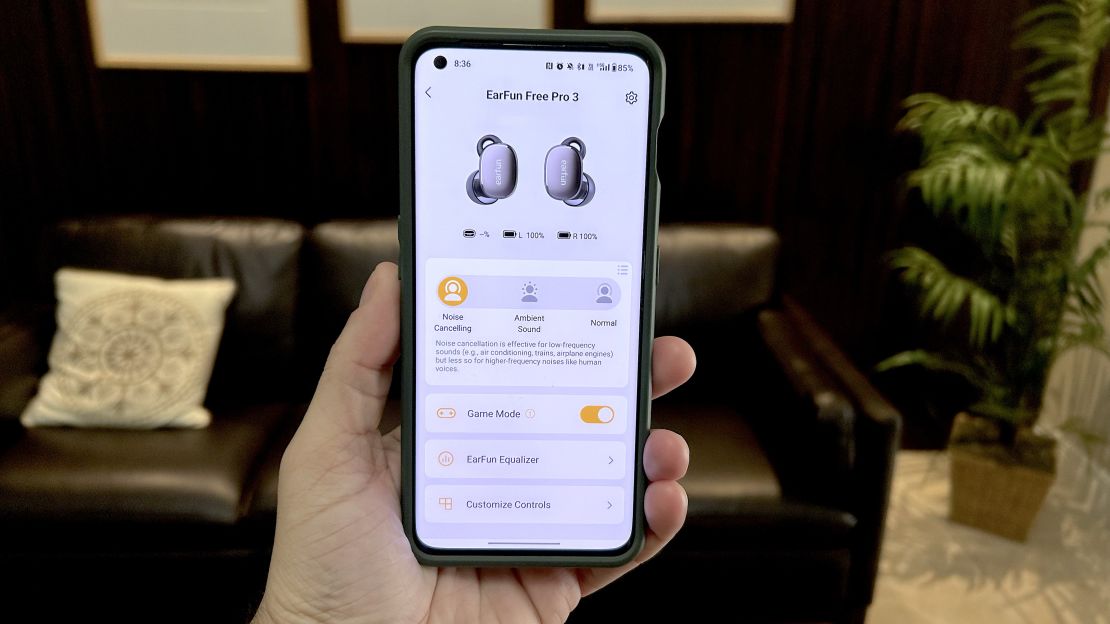
There are many features available on both sets of buds. However, the Free Pro 3 carry the more significant ones and make them accessible on all iOS and Android devices through the EarFun Audio app. On the list: ANC/Ambient Sound, control customization, EQ, Find Headphones, Game Mode, Wind Noise Canceling, wireless audio prioritization and multipoint technology to connect to two devices simultaneously. Outside of the app, you have aptX Adaptive, along with quick charging (10 minutes = two hours) and wireless charging.
Samsung equipped the Galaxy Buds FE with a couple of noteworthy features, many of which are available in the Galaxy Wearable app (iOS/Android). ANC with customizable ambient listening is the standout. Following that is Bixby voice activation, which demonstrates superb speech recognition to execute hands-free commands quickly. Then comes Auto Switch, Easy Pairing, Earbud Fit Test and Game Mode. Unfortunately, some of these are exclusive to Galaxy device owners. Many signature features found on the brand’s best wireless earbuds are also missing, including 360 Audio, Conversation Mode, Neck Stretch Voice Detect and wireless charging with PowerShare compatibility to charge the case when placed on the back of a Galaxy smartphone.
TL;DR: Extended functionality on the Galaxy Buds FE mostly benefitsGalaxy device owners, while all mobile users can enjoy the majority of the Free Pro 3’s features.
One design looks premium and the other looks like a prototype

EarFun’s true wireless craftsmanship has gotten better with every new release. The Free Pro 3 convincingly pull off a clean, business-like appearance, thanks to a matte finish with aluminum accents that creates a nice shine effect when exposed to light. Installed wing tips keep the tiny buds locked in for optimal stability. An IPX5 rating gives them sweat- and water-resistant protection. Adding to the product’s attractiveness is a small rectangular-shaped wireless charging case that takes up very little space in denim pockets and EDC (everyday carry) bags.
Meanwhile, we’re not sure what Samsung thought when constructing the Galaxy Buds FE’s exterior. These buds look like an abandoned sketch for a past Galaxy Buds model, yet somehow blander. The highly responsive touch panels look just like physical buttons, which can make usability confusing right out of the box for some users. Samsung’s color options are not as enticing as their rival. IPX2 certification offers minimal moisture resistance as well. The one design element Samsung got right was the compact charging case, which is practically the Galaxy Buds 2 Pro’s case minus wireless charging.
TL;DR: Earfun put more effort and thought into developing buds that look as fancy as they feel.
Bottom line

The Galaxy Buds FE and Free Pro 3 are notable pickups for those wanting a pleasant listening experience at a low price. In the end, EarFun’s offering is the more enticing purchase.
A lengthy spec sheet highlighted by standout audio technologies and access to the EarFun Audio make the Free Pro 3 worth a listen. Respectable battery life and a sleek design are just two other reasons to strongly consider them. Their poor ANC and connectivity issues might sway you to look at other inexpensive models. Just know that some of them won’t match the Free Pro 3’s audio prowess.
Samsung’s entry-level buds are a good debut that deliver on their promise of flagship-quality ANC but stagger in key areas (e.g., battery life, sound) and stumble on design. The Galaxy Buds FE eliminate more ambient sound than most midrange noise-cancelers. Inclusions such as customizable Ambient Sound, EQ and Easy Switch leave you with the impression that you’re getting the same user experience as those who own Samsung’s higher-priced Galaxy Buds. Well, the omission of signature features like 360 Reality Audio and PowerShare says otherwise. The mediocre design deserves its fair share of criticism as well.
